Teaching Refugee Students in Thailand
The opportunities that exist for teachers along the Thai-Burma border are not well-known or much-advertised. There are nine refugee camps along the border with Myanmar numbered from North to South 1-9, and there are somewhere upwards of fifty schools either camp-run or residential around them, which are funded by organizations dedicated to humanitarian response including the United Nations High Commissioner for Refugees (UNHCR), other non-governmental organizations (NGOs), and religious organizations.
While they are not the best-paid roles and you’ll essentially be volunteering for a living stipend, they are incredibly fulfilling places to work, with the dual rewards of immersion in the refugee community and the opportunity to learn about refugee aid work.
I was lucky enough to find my role through idealist.org, a go-to for jobs in the sector and in non-profit work generally, but it is also possible to visit border towns like Mae Hong Son or Mae Sot and ask around to find opportunities. My role was funded through an NGO called Child’s Dream, which supports education programs for impoverished youth all over Southeast Asia, and I taught at Karenni National College, a school in Ban Nai Soi camp #1 with a sister residential campus just outside the camp for its most advanced students.
The camp itself is marginally famous, as it’s been patronized for about ten years by Angelina Jolie. When I arrived during the Summer, many of the students had been told that a very famous white woman was on her way, which led to the first and only time in my life I would be mistaken for her. It was a very auspicious beginning.
I had options for accommodation. I could live with the students in the village just outside camp or rent out a small house in the nearby town of Mae Hong Son. I opted to rent a house and a motorbike, commuting to the school each day about 35 minutes each way. The scenery in this part of Thailand is phenomenal, famous for its mountainous curves with serious bikers, and so I never regretted my choice. Every morning, I rode through a cool wind on the windy jungle backroads toward the camp and each afternoon through what felt like a dusty hair dryer. The mornings were refreshing and freeing, even if I had to pick a few bugs off my face before beginning my lectures, and the afternoons burned in a pleasant way. I came back home with a tired satisfaction, ready to drink young coconut juice and eat salted fish at the lake market, while planning for the next day’s classes. In this way, I kept a good balance, staying in the present moment and reflecting alone or with a small group of local friends on the day’s events in the evenings. I also slept on a mattress and had a hot shower each day, creature comforts not available in the camp or village, where students bathe communally.
The school had about two hundred students and a small team of teachers. There were just two unpaid international volunteers and another two local teachers who worked alongside me. I had near complete autonomy over my lessons, though books were provided for each level. I taught about four hours per day. The students were sweet and shy. They included me in their lunches, and those students who had cooking duties would often gauge how much I liked their food, competing with their classmates to make their dishes the most delicious. They brought me water when I stood at the whiteboard, and asked me personal questions during breaks. The students spoke in English to each other throughout the day along with their native language, making jokes and playing sports and simple games in ways that I could easily understand. Sometimes they took me to the nearby waterfall to swim or climb on the boulders, or sometimes we relaxed with guitars and singing. The time was always easy even when there needed to be so much focus; we were caring towards each other.
My students at Karenni National College were extraordinarily motivated, but the obstacles in the path of their journey to higher education were, and still are, heartbreaking. Students educated in the camps do not have any formal recognition for their primary or secondary schooling as neither the Myanmar nor Thai governments accept their studies as qualification for entrance into programs. Karenni National College has been seeking this accreditation for years, as many other schools and initiatives have. There are some few paths that many of the brightest students attempt to bridge the difficulties. Many will apply to programs which train students intensively to take the GED exam in Bangkok and match them in applying for funding opportunities available through NGOs and partnering universities. For many of the students this will take several years, as funding is very limited and only a few choice students are accepted each year.
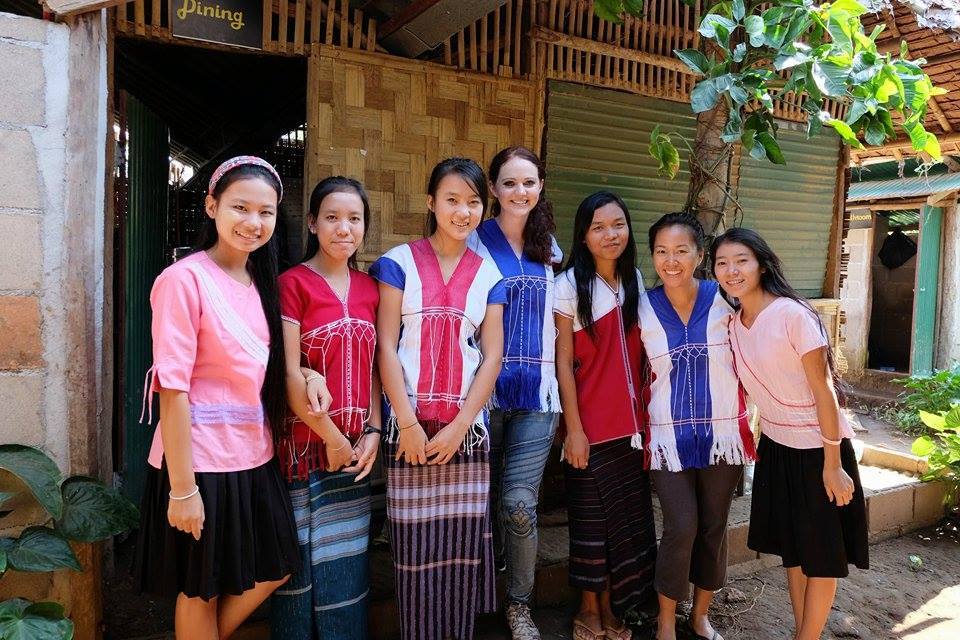
As conditions change within Myanmar, and refugees are encouraged to return, the challenges will evolve. It is an unpredictable climate, but a very beautiful one. If you are looking for a deep connection to deserving and motivated students, it is a worthy choice.
For more information on volunteering along the Thailand-Burma border – please visit: http://www.childsdream.org/

 Rated 97% on GoOverseas!
Rated 97% on GoOverseas!
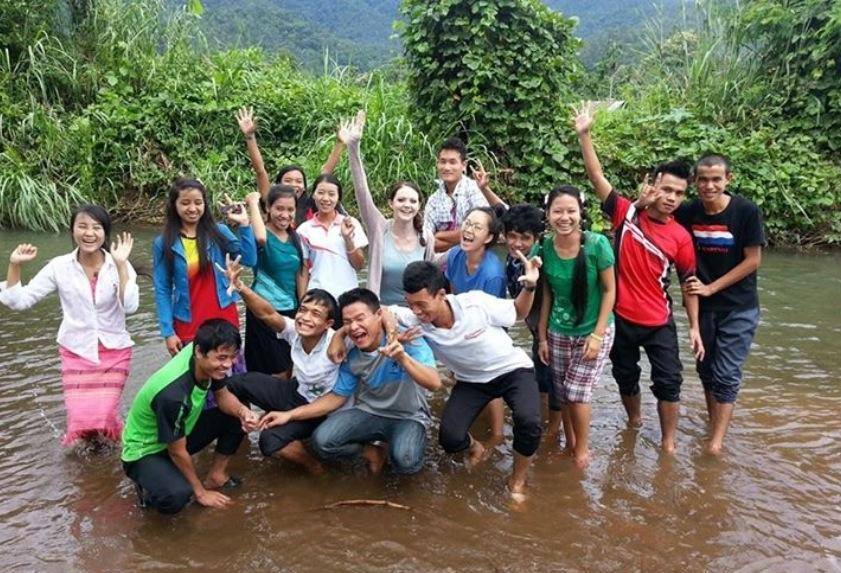
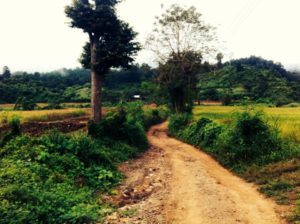
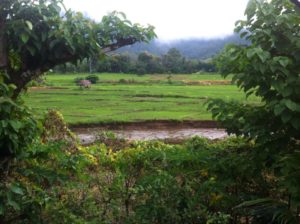
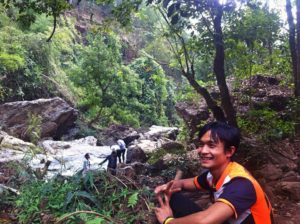
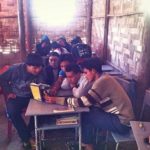
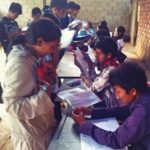
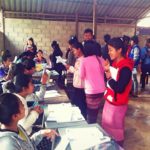
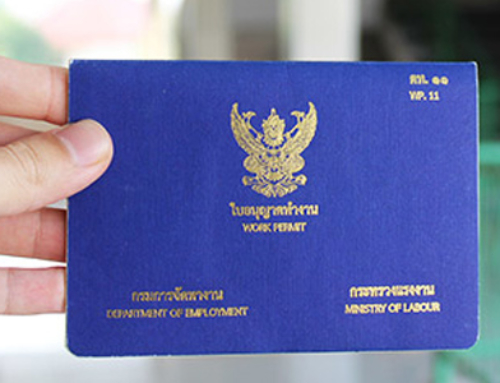
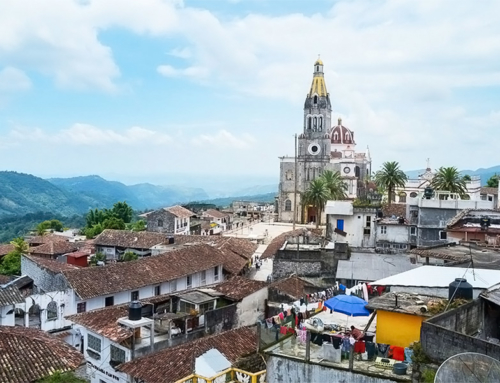
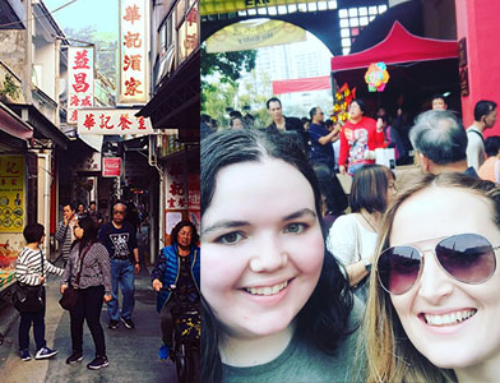
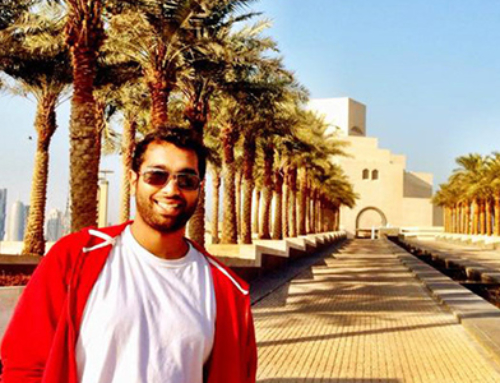
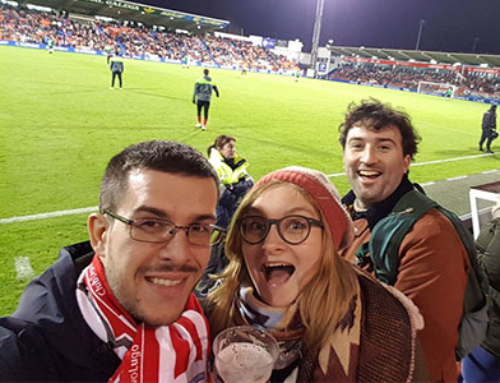
Leave A Comment